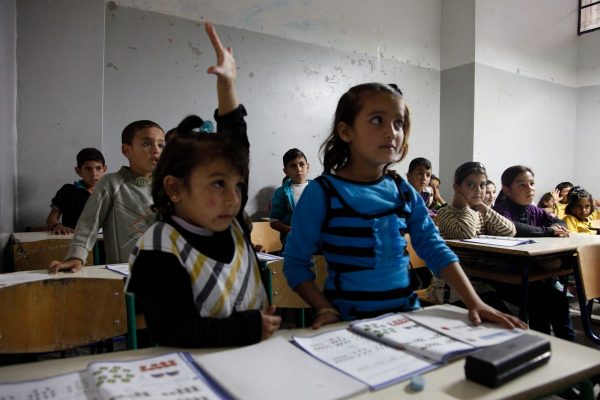
The spring real estate market is right around the corner, and the annual frenzy of home buying and selling will begin again. For many parents, the residential search means finding a house in a neighborhood and school district with desired characteristics. But new research shows that not all families have the luxury of taking these factors into account.
To better understand how people choose a home, Hope Harvey, Kelley Fong, Kathryn Edin, and Stefanie DeLuca interviewed 156 parents with young children in metro areas in Ohio and Texas. They interviewed about two-thirds of the parents again one year later, and also accompanied about two dozen residents who moved between interviews on their search for a new home.
Regardless of their financial resources, parents of all racial and ethnic backgrounds expressed similar desires for high-quality homes in safe neighborhoods with strong schools where they could live for many years. However, parents thought about the goals of their searches differently depending on their income level. Higher-income parents’ searches were geared toward finding “forever homes,” and these parents attempted to come as close as possible to achieving their long-term preferences. In contrast, nearly all of the lower-income parents in the study were seeking to rent rather than buy. Because circumstances like eviction often pushed them to relocate, these parents tended to look for a new rental unit that would meet their immediate needs. Thinking of these rented homes as “temporary stops,” lower-income parents deferred their plans to search for homes that better matched their preferences until they were ready to buy a home.
Understanding why lower-income parents may be willing to settle for houses that don’t match their long-term preferences is key to reducing a number of social inequalities, like disparities in school and neighborhood quality across income groups. This study shows that parents who decide to relocate before they can afford to purchase a home often turn to rental units that are better than their previous residences, while falling far short of their ideals. As a result, solutions that provide families more time to evaluate their options–like giving evicted residents longer to move–could help lower-income families forced to move on a tight timeline.






